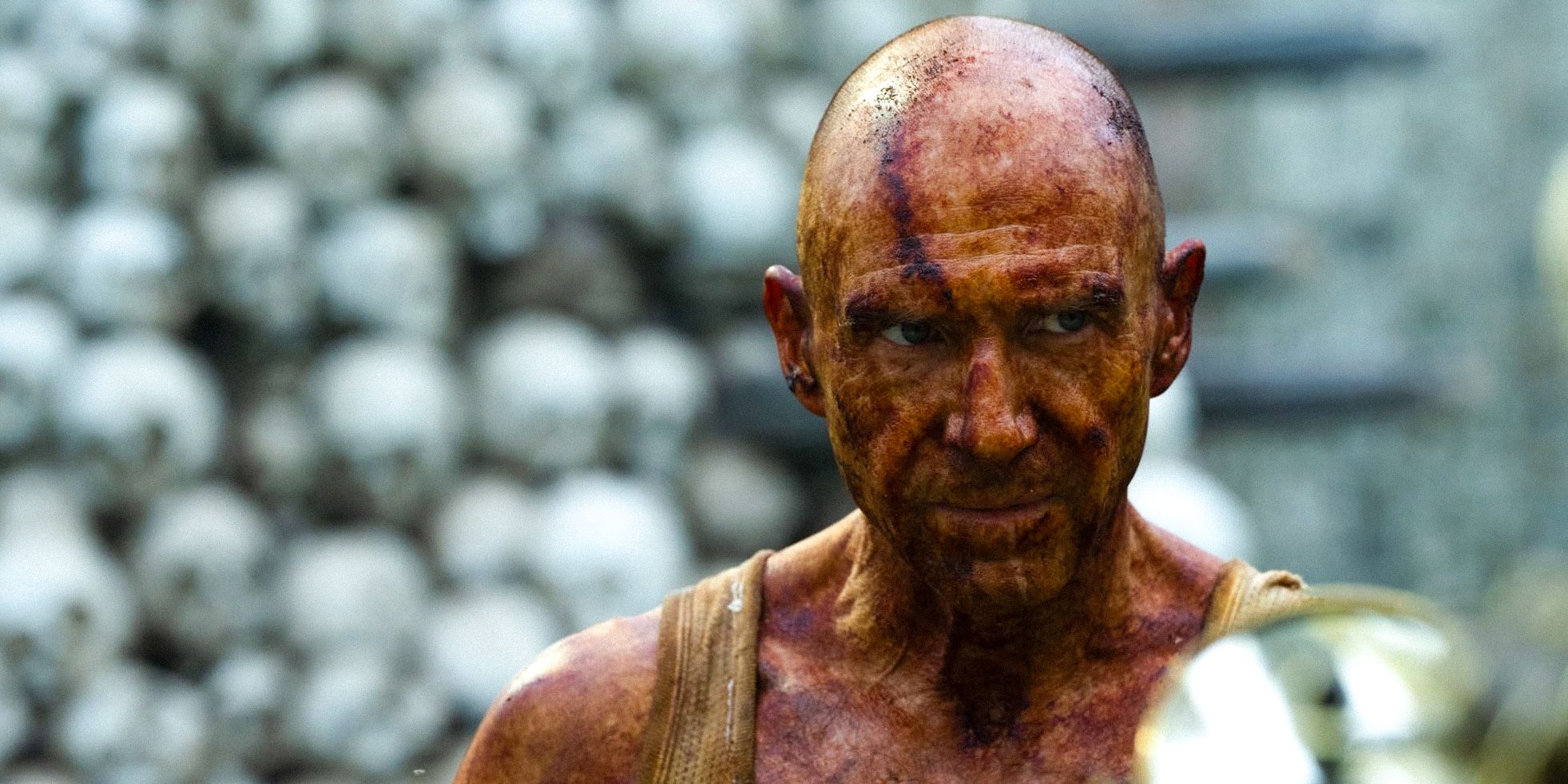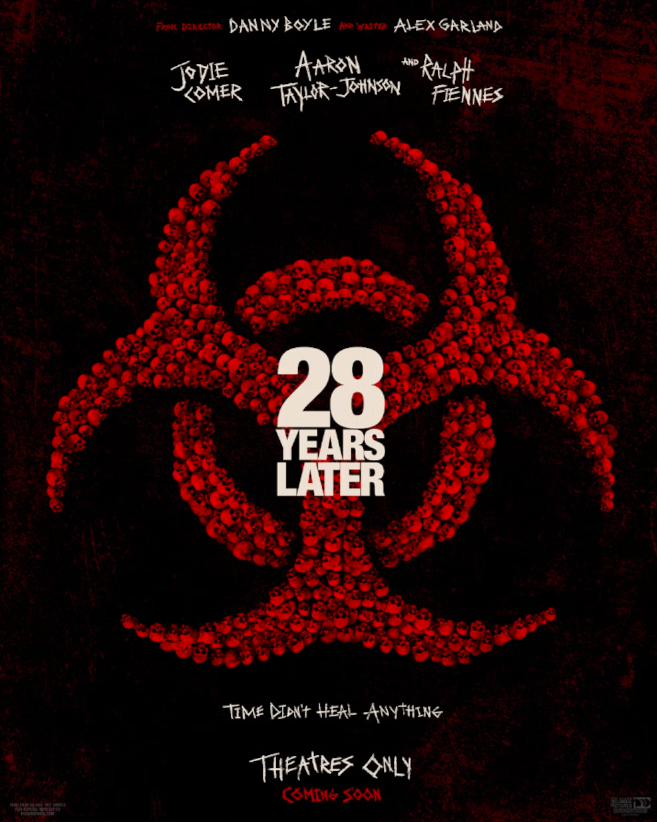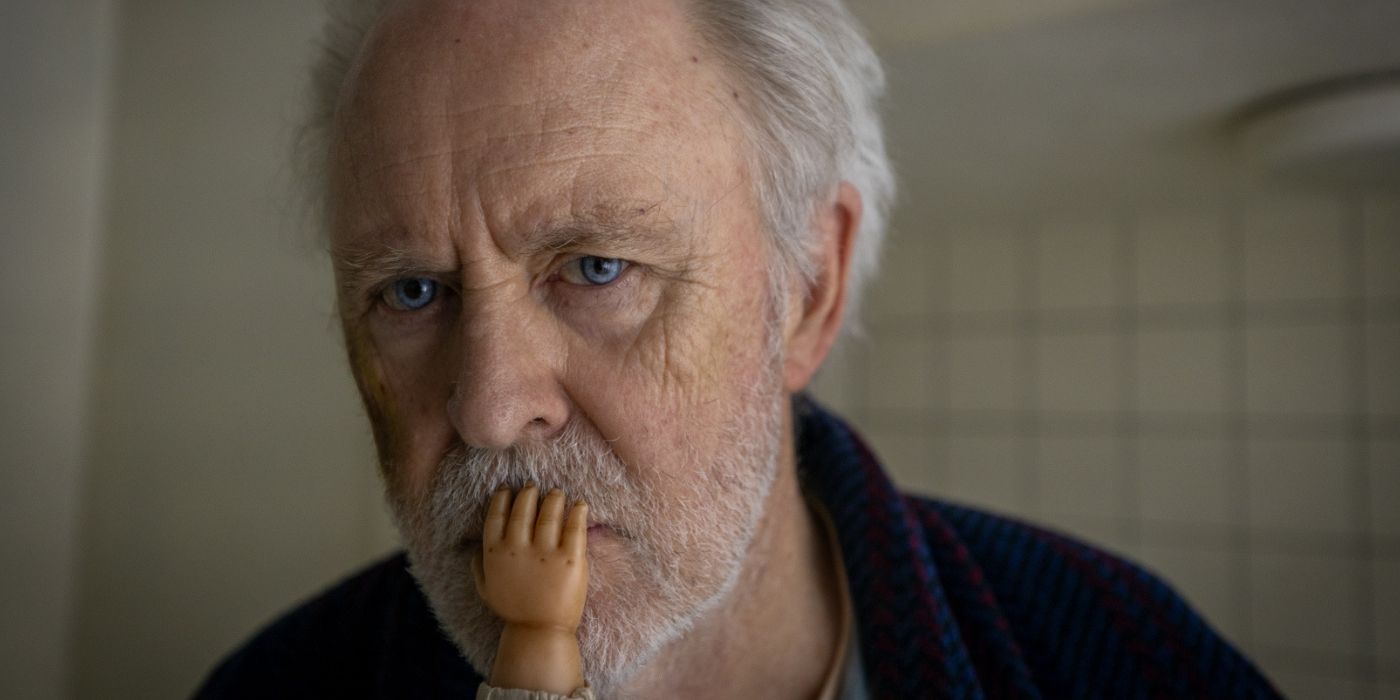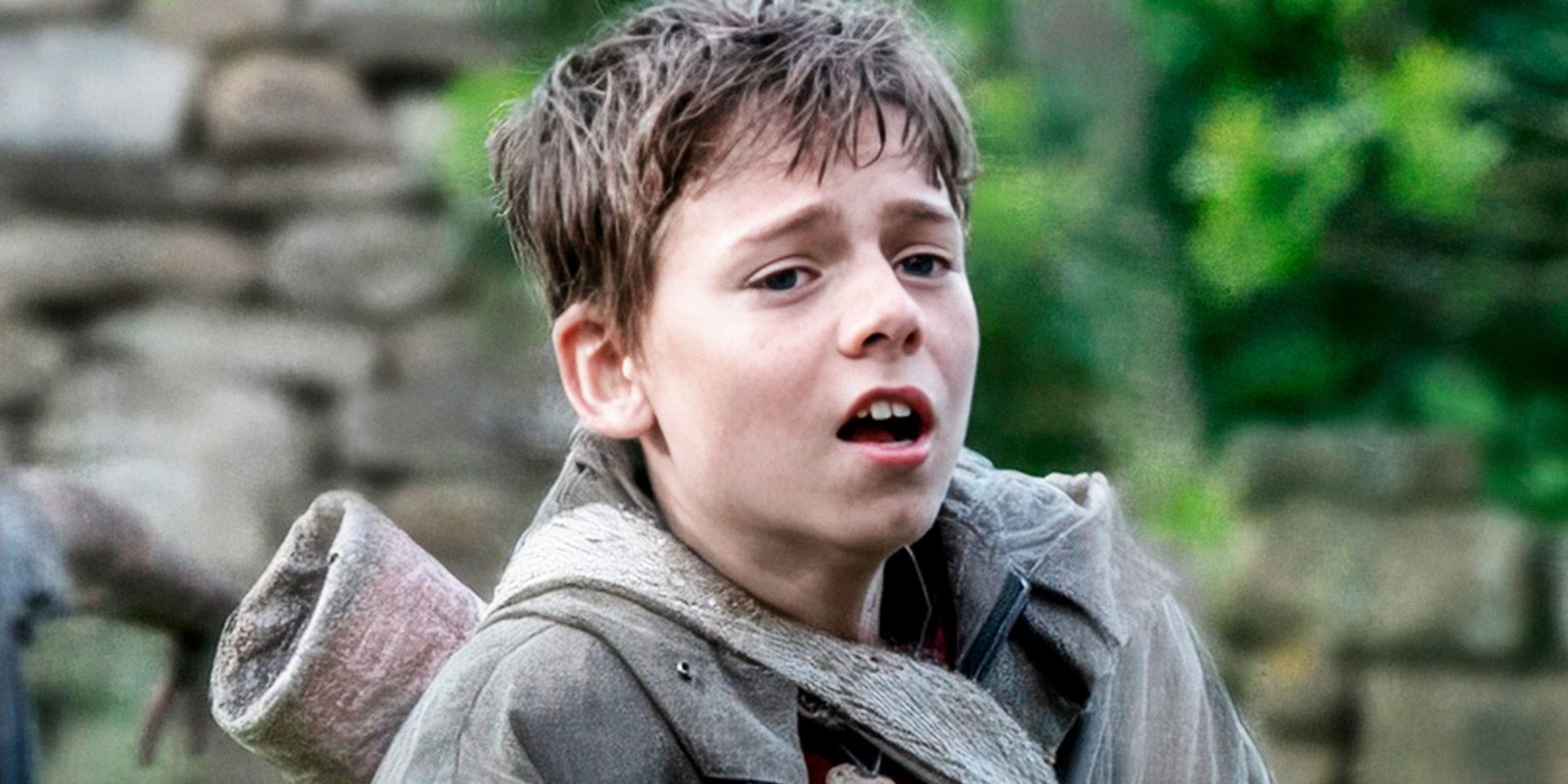Spoiler Warning: This article contains some spoilers for 28 Years Later.Danny Boyle and Alex Garland revolutionized the horror genre, specifically the zombie subgenre, 23 years ago with , which later evolved into a franchise and is now a trilogy, with more movies planned. 28 Days Later became the inspiration for many zombie movies and shows made since its release because of its unique approach to a formulaic storyline.
With the premise of a viral outbreak that makes people behave like zombies, 28 Days Later delves into the nature of good and evil in humans. It's not entirely focused on the "zombie" apocalypse aspect, but its changed how zombie movies are made.
28 Days Later's opening scene sets up the outbreak of the rage virus, and the underrated sequel, 28 Weeks Later, adds to the lore about it from the previous movie. However, with minimal explanation and only some possible avenues of speculation, the latest sequel, 28 Years Later, changes a key detail that undermines the Rage Virus as a concept.
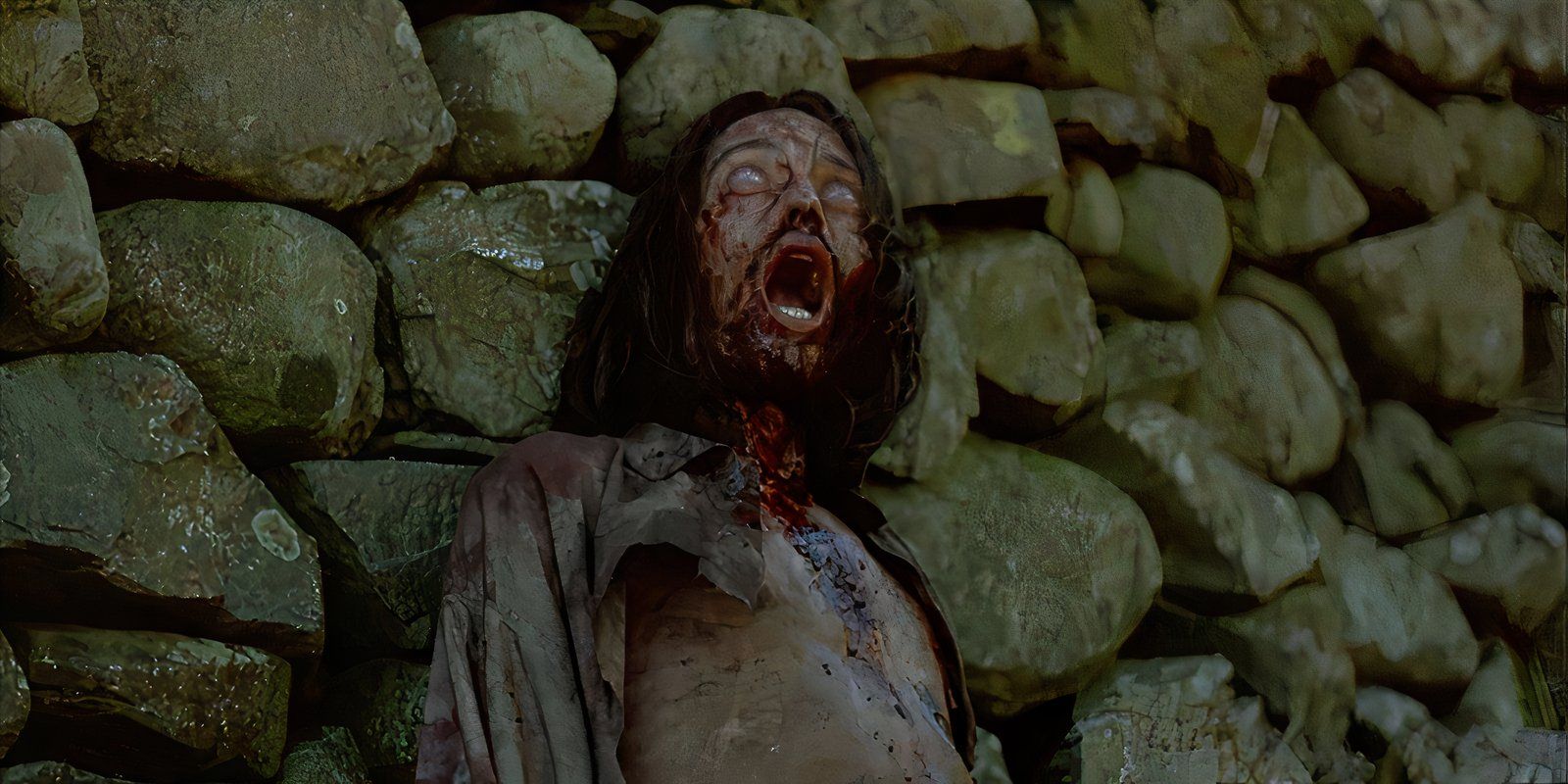
While 28 Days Later doesn't delve into the full details of the infection, it is revealed that anyone who gets infected by the Rage Virus loses their mind and only feels blinding, homicidal rage. However, while the research remains incomplete, .
28 Weeks Later explains things further and even reveals that Britain was assumed free of infection when there were no sightings of living infected people nine weeks after the first outbreak. It is assumed that they have all died from starvation. So, not only does the Rage virus make people lose their minds, it physically drains them too.
It is clear that the infected only feast on living humans who haven't yet been infected.
While we don't see any animals in the first two movies, it is clear that the infected only feast on living humans who haven't yet been infected. That's why the outbreak can be waited out, because they'll eventually run out of food by infecting everyone who can't escape. So, trying to avoid infection was a survival tactic beyond losing rationality.

28 Years Later changes horror genres and is a post-apocalyptic horror as opposed to disaster horror like its predecessors. The immediate negative consequence of this is the change in the way the Rage Virus operates. Instead of dying from starvation, the infected can now feast on wildlife and continue surviving 28 years after the second outbreak.
Among other retcons, 28 Years Later also doesn't address the possibility of a vaccine that is suggested in 28 Weeks Later.
The second outbreak, which occurs in 28 Weeks Later, starts with Alice, one of the only two people known to survive infection. While she shows symptoms, she is supposedly immune to the virus because of some genetic condition. It is possible that the virus released through her saliva was a different version, which would explain the situation in the sequel.
However, whatever the reason, which isn't revealed in 28 Years Later, the infected no longer die of starvation, and . There is even a throwaway line about the virus acting like a steroid for some of them, explaining the existence of the Alpha Infected.
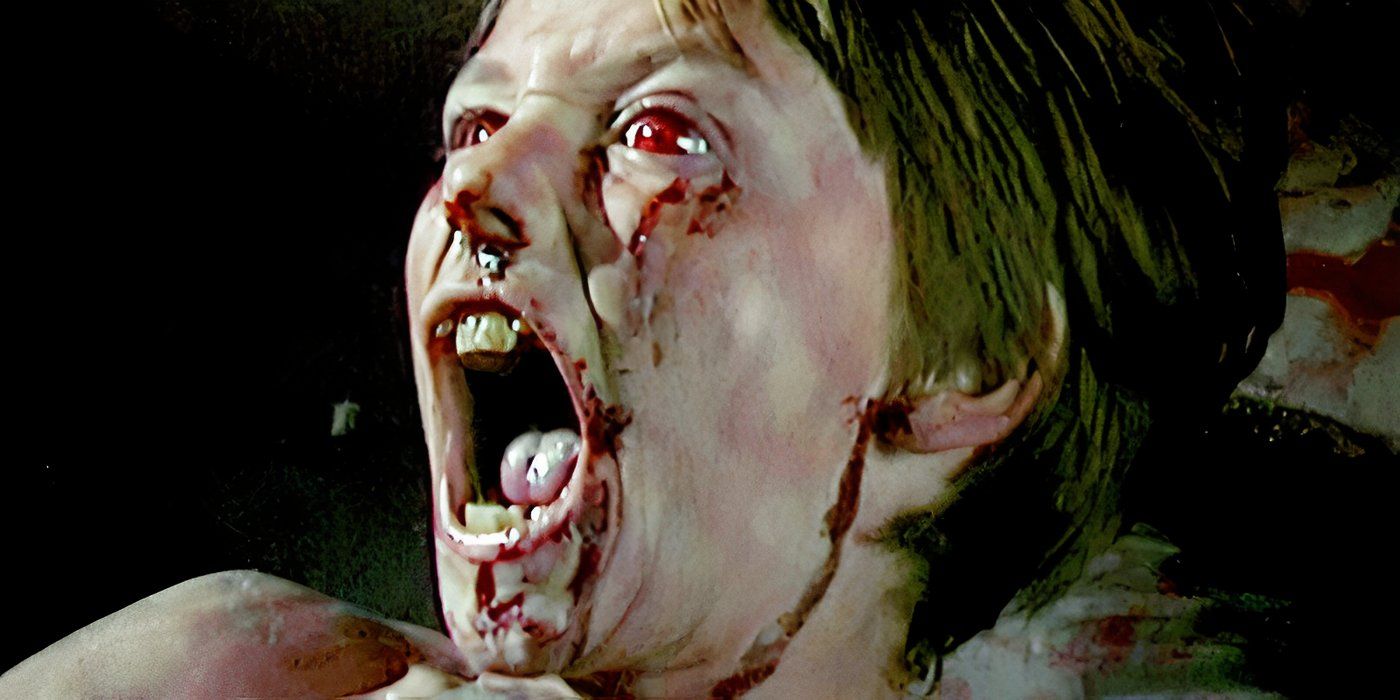
The Rage Virus in 28 Days Later was inspired by the Ebola Virus, because the fear of Ebola was at an all-time high back when Alex Garland and Danny Boyle were developing the movie. They also didn't want to make a typical zombie film, so they chose virus-infected people as the "zombies" for their story.
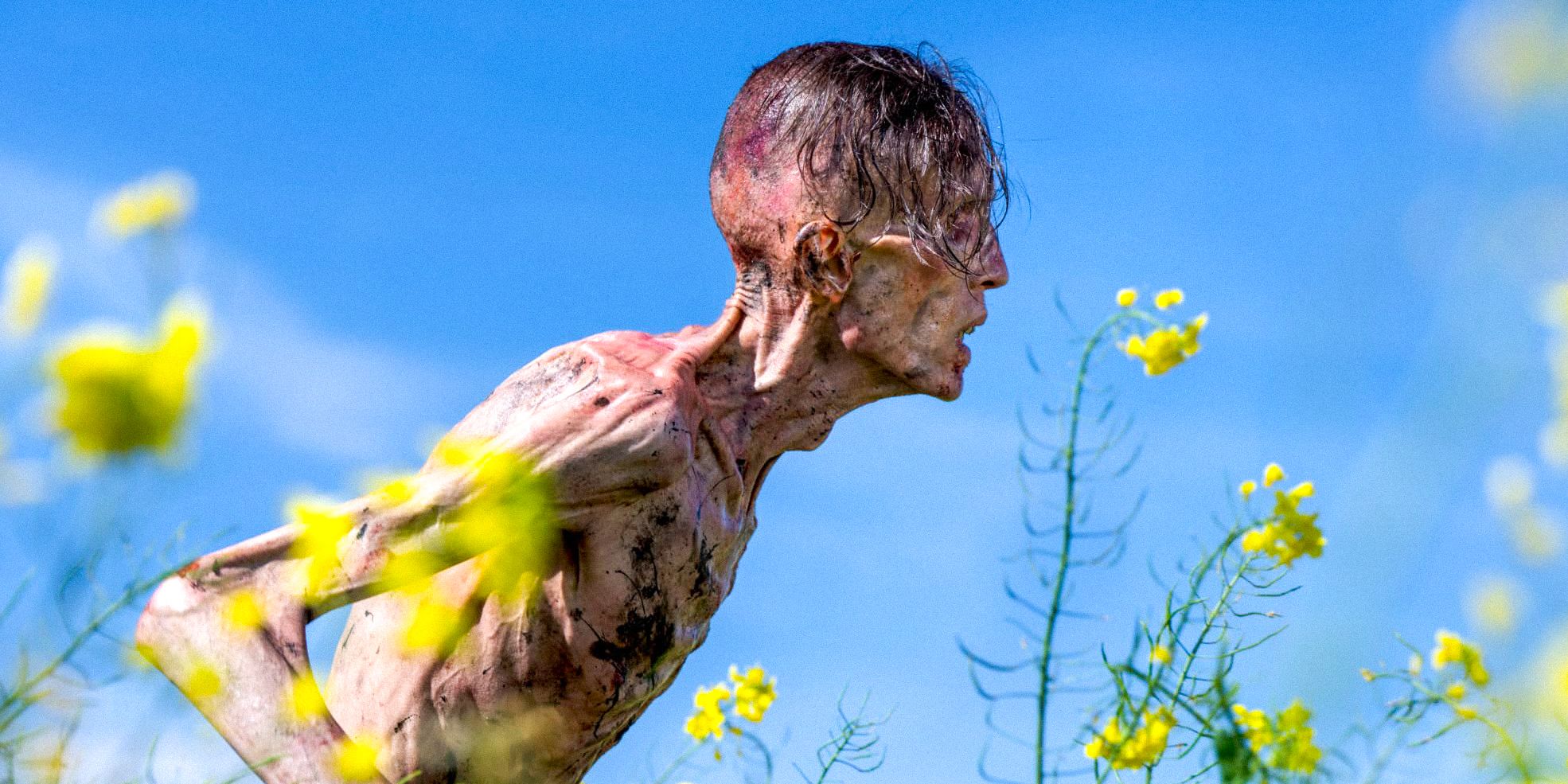
Related
What 28 Years Later Is Really About & Why It Had To Retcon The Previous Movie To Work
28 Years Later may be a film about zombies, but it tackles several relevant issues, all at the cost of retconning 28 Weeks Later's ending.
Combining the two motivations, the Rage Virus infection has symptoms similar to Ebola, like red eyes, internal and external hemorrhaging, and bleeding. 28 Days Later: The Aftermath, a graphic novel which bridges the gap between 28 Days Later and 28 Weeks Later, confirms that to function like a rage inhibitor.
The possible mutation of the Rage Virus in 28 Years Later, which not only strengthens some of the infected, but also prevents them from dying of starvation, thus ignores the original inspiration. It was a missed opportunity to acknowledge viewers' experience of surviving the COVID-19 pandemic too, which would have followed the trend of basing the "zombies" on real experiences.
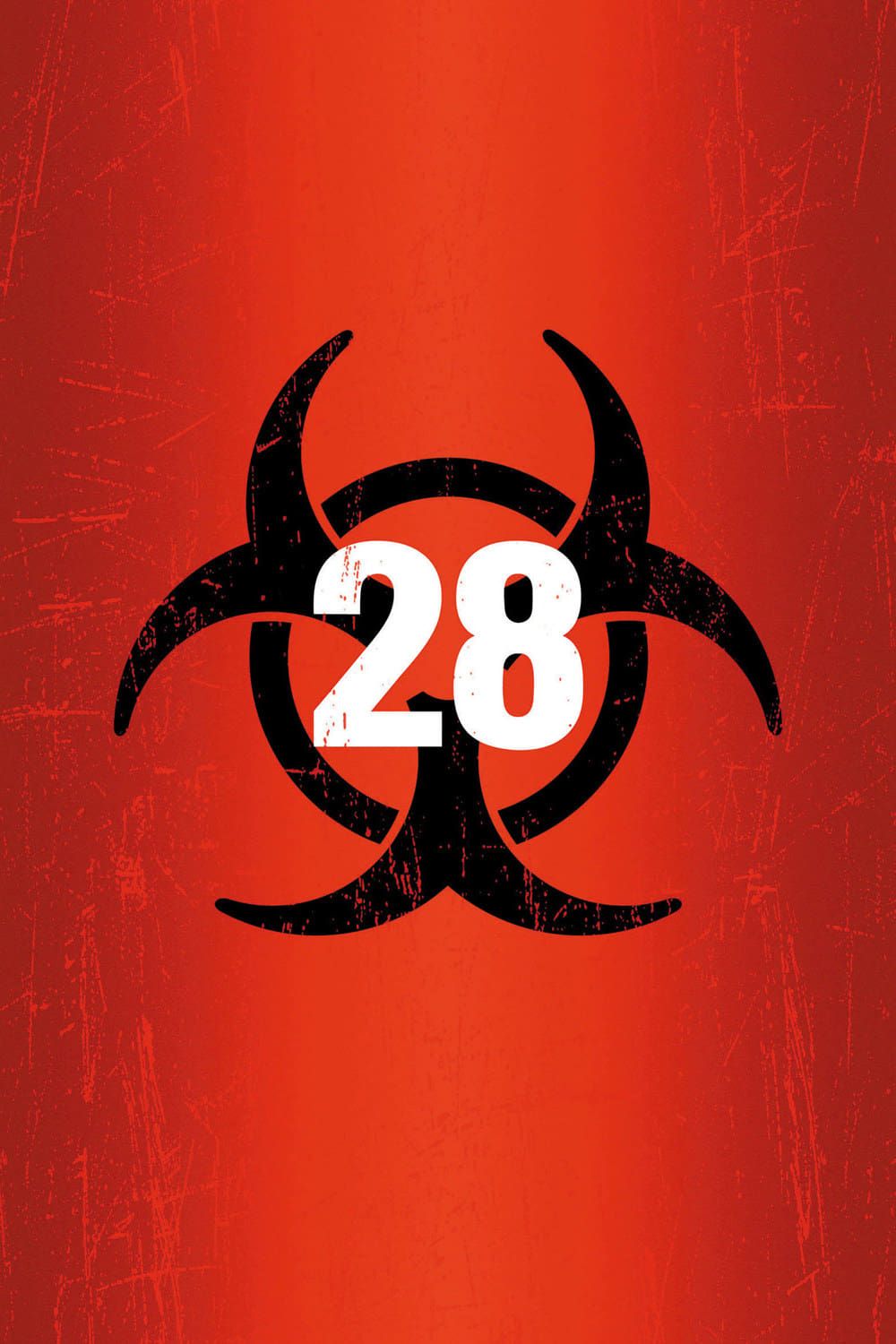
28 Days Later
- Alex Garland
- Cillian Murphy, Naomie Harris, Brendan Gleeson, Christopher Eccleston, Robert Carlyle, Rose Byrne, Jeremy Renner, Imogen Poots, Jodie Comer, Aaron Taylor-Johnson, Ralph Fiennes, Jack O'Connell
The 28 Days Later franchise is a British post-apocalyptic horror series that began with the 2002 film 28 Days Later, followed by the 2007 sequel 28 Weeks Later. It explores a world ravaged by the Rage Virus, focusing on survivors navigating an outbreak of violent, infected humans. The franchise is set to continue with a new trilogy, beginning with 28 Years Later in 2025.








